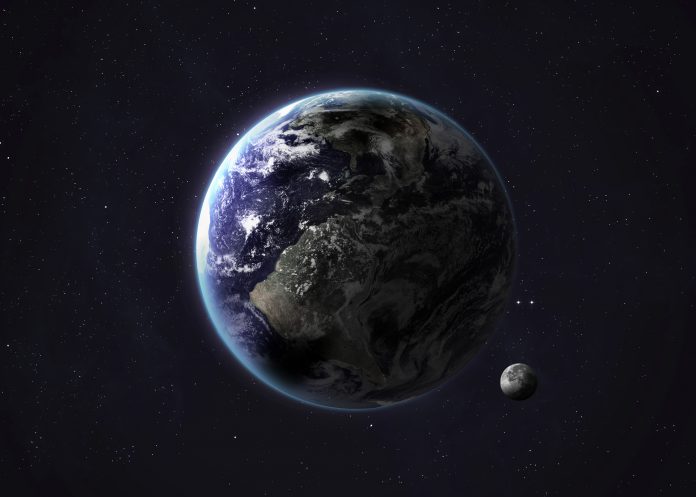Scientists have found new evidence that modern plate tectonics begun roughly 3.6 billion years ago – a key feature of planet Earth’s unique ability to support life
Michael Ackerson, a research geologist at the Smithsonian’s National Museum of Natural History, led the project.
Firstly, why are plate tectonics so important?
The Earth has a dynamic crust, split into continental plates that move, fracture and collide with each other over a long, long period of time.
The researchers said: “Plate tectonics afford a connection between the chemical reactor of Earth’s interior and its surface that has engineered the habitable planet people enjoy today, from the oxygen in the atmosphere to the concentrations of climate-regulating carbon dioxide.
“But when and how plate tectonics got started has remained mysterious, buried beneath billions of years of geologic time.”
Minerals in the study found to be 4.3 billion years old
The geology angle had scientists looking for close to indestructible minerals, which had formed when the Earth was new. New for the planet we call home is roughly 200 million years old.
A zircon’s age can be determined with a high degree of precision because each one contains uranium. Uranium’s famously radioactive nature and well-quantified rate of decay allow scientists to reverse engineer how long the mineral has existed.
The zircons discovered came from the Jack Hills of Western Australia, and were around 4.3 billion years old.
Along with other ancient zircons collected from the Jack Hills spanning Earth’s earliest history up to 3 billion years ago, these minerals provide the closest thing researchers have to a continuous chemical record of the world.
Mr Ackerson commented: “We are reconstructing how the Earth changed from a molten ball of rock and metal to what we have today.
“None of the other planets have continents or liquid oceans or life. In a way, we are trying to answer the question of why Earth is unique, and we can answer that to an extent with these zircons.”











